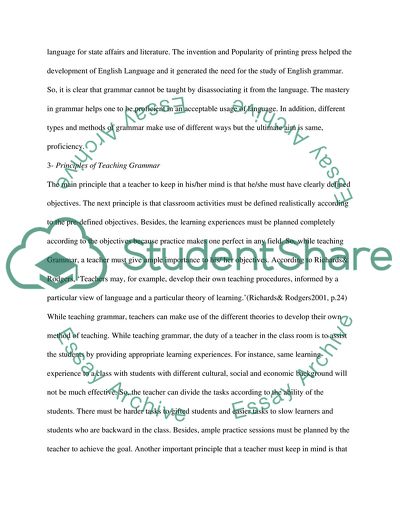Cite this document
(Principles of Teaching Grammar Case Study Example | Topics and Well Written Essays - 2250 words, n.d.)
Principles of Teaching Grammar Case Study Example | Topics and Well Written Essays - 2250 words. Retrieved from https://studentshare.org/education/1725268-teaching-grammar
Principles of Teaching Grammar Case Study Example | Topics and Well Written Essays - 2250 words. Retrieved from https://studentshare.org/education/1725268-teaching-grammar
(Principles of Teaching Grammar Case Study Example | Topics and Well Written Essays - 2250 Words)
Principles of Teaching Grammar Case Study Example | Topics and Well Written Essays - 2250 Words. https://studentshare.org/education/1725268-teaching-grammar.
Principles of Teaching Grammar Case Study Example | Topics and Well Written Essays - 2250 Words. https://studentshare.org/education/1725268-teaching-grammar.
“Principles of Teaching Grammar Case Study Example | Topics and Well Written Essays - 2250 Words”. https://studentshare.org/education/1725268-teaching-grammar.


